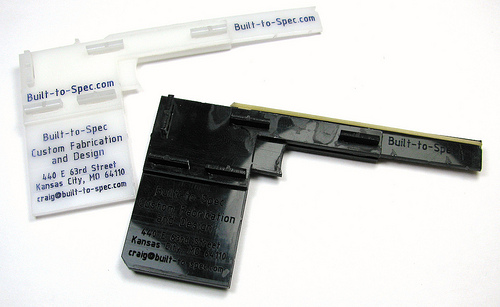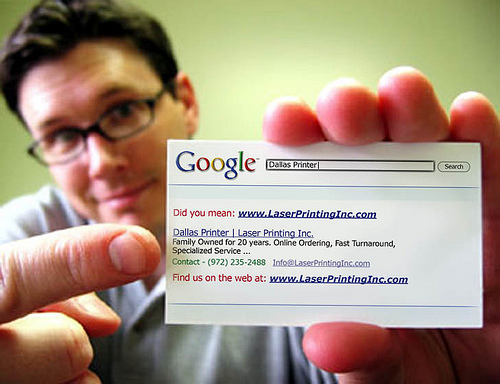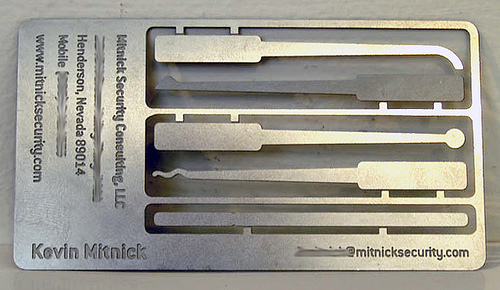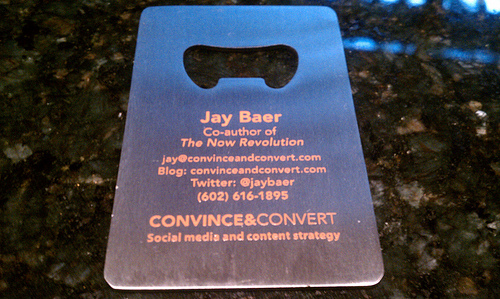Be Remembered With a High-Tech Business Card
This is a guest post by Pamela Tindal.
Business cards may have originated in China in the 15th century, according to Sage Media Design, and by 17th-century Europe they were all the rage with the aristocracy. Distinguished visitors would hand a small, elaborate card to a servant at their host’s home to announce their arrival. Today’s business cards serve a similar purpose, but now the ones that get the most attention have a high-tech touch. Here are some ways to get yourself noticed through your business card:

That First Impression
Despite rumblings to the contrary, the business card is still relevant in today’s digital age. The importance of your business card is found not so much in the moment you hand it out. It’s when the recipient needs someone with your skills or your product. If you and your card made an impression on him, he’ll find it—and you.

High-Tech By Design
Some companies design business cards where the very shape reminds you of their business. The Wall Street Journal featured a card for an online travel company that is shaped like a hotel room key. The business owner said he gets emails from people mentioning that they kept his card in sight to remind them of his services.
Also featured in the WSJ: An information security professional created a card made out of a light-weight metal. The card included a set of tools for picking locks that could be punched out of the cards. He handed these out whenever he did a talk for a group on information security. He became so well-known for his cards that people would send him $5 just to get one.

Your Card as a Pathway to Information
There is only so much room on a 2-inch-by-3-inch piece of paper to put your information. A couple high-tech solutions to this dilemma:
- Use a quick-response (QR) code on your card. These can contain your profile information, resume, a short video or a link to your website or social media page. Consider sending the user to your social media page, where you have a hidden discount for people that get to your page through the code; or, give people an incentive to scan the code by offering helpful white papers on a current topic.
- Design your cards to contain a near-field communication (NFC) data chip. When your card is tapped against a device (such a as a smartphone) with an NFC reader, then all of the data on the NFC chip gets copied to the phone. You can have the same kind of data on the NFC chip as you have in the QR code. One tap and a contact is created on the user’s phone or tablet with all of your information.
A Few Words of Warning
A high-tech card is great, but as far as content goes, remember that simple is better. Don’t overload the front with copy and images—simply include your company name/logo, your name, position and contact information. Keep the back blank so people can make notes on it. And to that end, don’t use a glossy card stock, since it’s hard to write on.
Finally, use a professional printing service that does quality work. Your business card is a tangible reminder of who you are and what you do, and it shouldn’t have shoddy craftsmanship.

Author Bio: Pamela Tindal
Pam runs her own interior decorating business and blogs about business solutions for fun.
